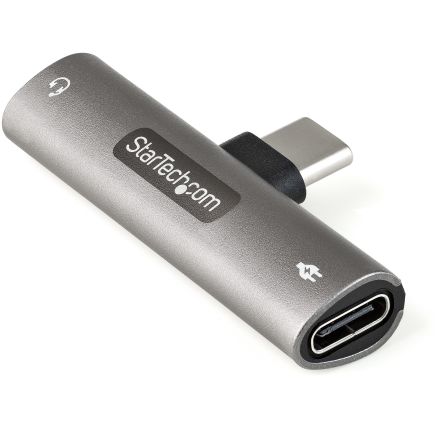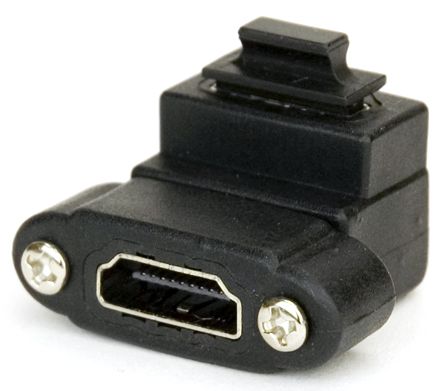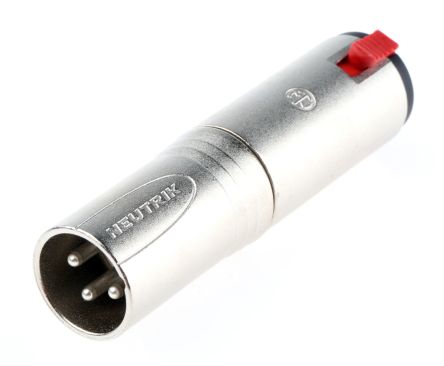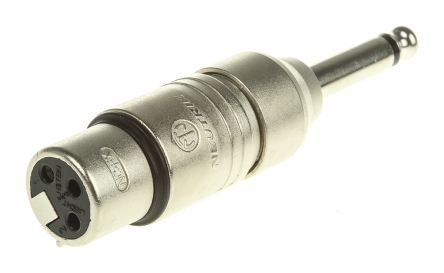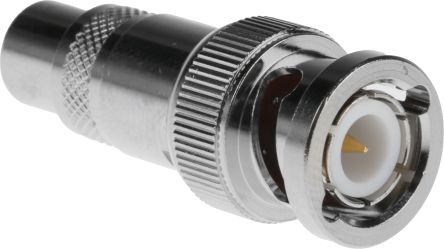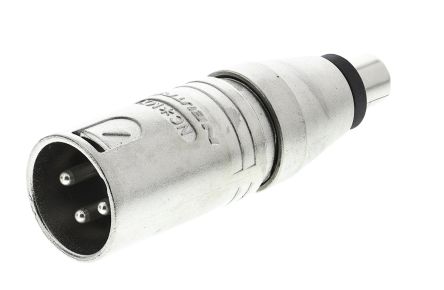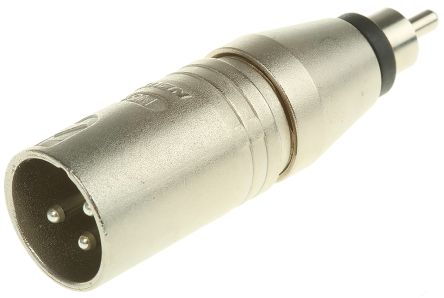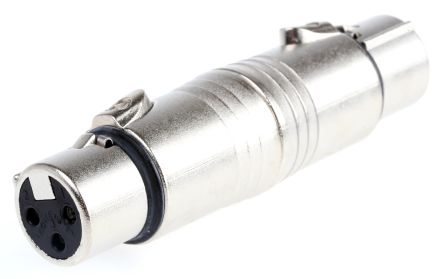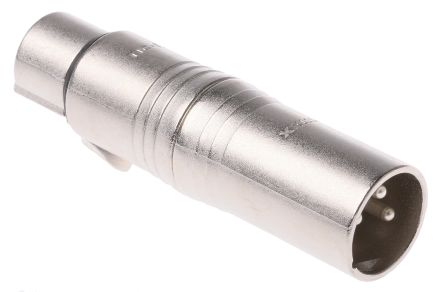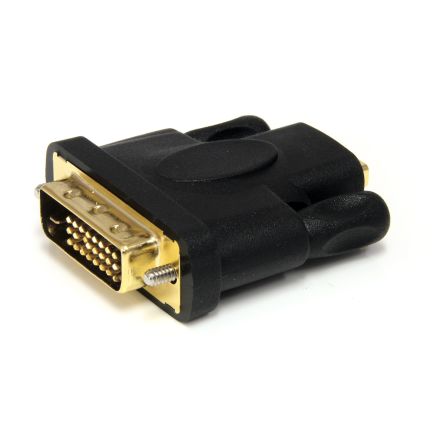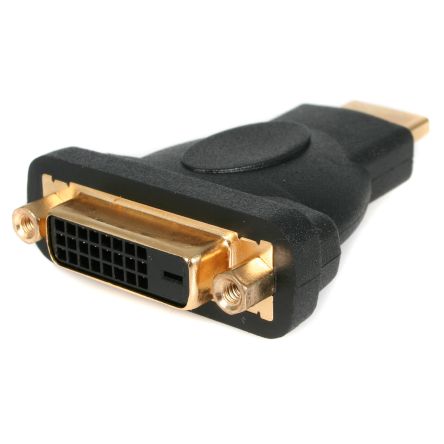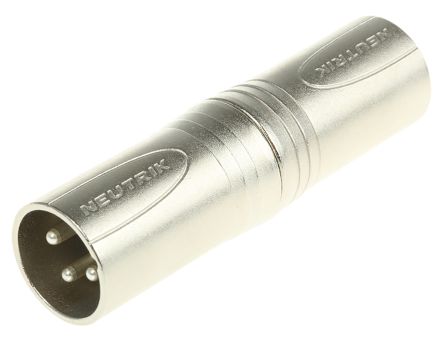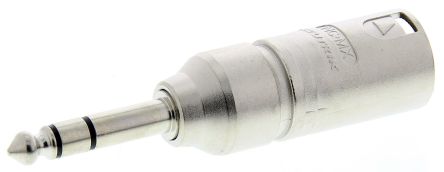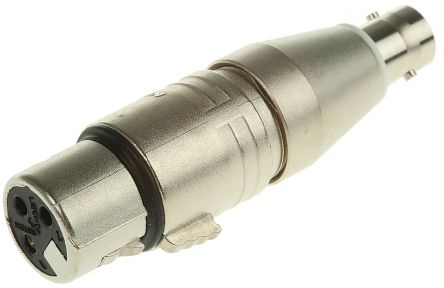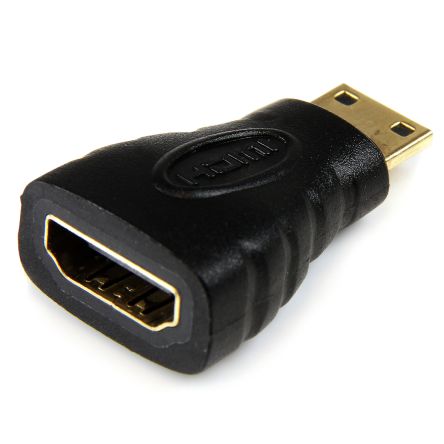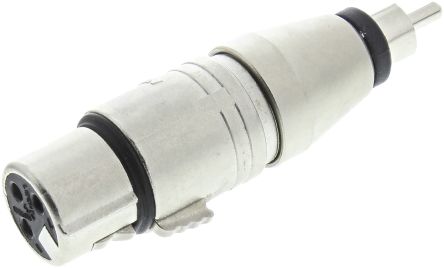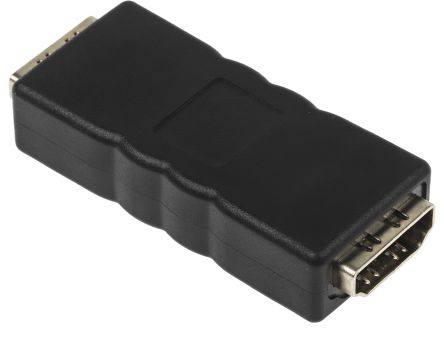- Automation & Control Gear
- Cables & Wires
- Enclosures & Server Racks
- Fuses & Circuit Breakers
- HVAC, Fans & Thermal Management
- Lighting
- Relays & Signal Conditioning
- Switches
- Batteries & Chargers
- Connectors
- Displays & Optoelectronics
- ESD Control, Cleanroom & PCB Prototyping
- Passive Components
- Power Supplies & Transformers
- Raspberry Pi, Arduino, ROCK, STEM Education & Development Tools
- Semiconductors
AV Adapters
AV adapters, also known as Audio and Video adapters, enable a connection between two or more hardware components or devices, that have incompatible connectors. AV connectors and interfaces are designed for connecting audio and visual equipment specifically. Using an adapter allows you to connect your audio and video components using your existing cables, instead of buying new equipment, which can save time and money.
AV adapters feature connectors such as HDMI, DVI and Displayport. Each end of the adapter will house a connector. This will be a male plug or a female socket, depending on the functionality. An adapter with female HDMI connectors on both ends, for example, can be used to combine two HDMI Cables. While a female to male socket may be used to convert one connection type to another, e.g. a DVI to VGA adapter.
Where are AV adapters used?
AV adapters are commonly used with audio and video devices. This means that they can process both sound and visual signals. There is a range of connectors to suit different applications and devices:
- DVI (Digital Visual Interface) is a video display interface used to connect to/from a graphics card or computer monitor. This is a hybrid connector for both analogue and digital signals.
- VGA (Video Graphics Array) is used to connect your computer video output to other equipment for video signals only.
- HDMI (High-Definition Multimedia Interface) is a popular audio video interface. It connects to compatible TVs, computers, display monitors, cameras and projectors. It can support both video and audio.
- Stereo adapters, sometimes called phone connectors or headphone jacks, are used for converting the size or gender of the jack. For example, 3.5 mm to 6.35 mm and male to female.
Types of AV adapters:
Adapters can come in a compact housing or on a cable. There are two types of AV adapter, digital and analogue. For example, HDMI and DVI are digital, while VGA and stereo are analogue. Combinations include:
- Female Stereo to Male Stereo
- Male DVI-D to Female DVI-D
- Male HDMI to Female HDMI
- Female HDMI to DisplayPort
- Male DVI to Female HDMI
- Female RCA to Male mono
- Male RCA to Female BNC
- Male VGA to Female Phono
- Female RCA to Female RCA
More about DVI Adapters
There are 3 types of DVI adapter; DVI-A (analogue), DVI-D (digital) and DVI-I (analogue and digital). There are also single link and dual link variants of these. DVI connectors are a more modern alternative to VGA. Therefore a DVI-A to VGA adapter will allow you to connect to an older, but perfectly functioning, VGA monitor.
More about HDMI Adapters
HDMI is a popular connection as it transfers both high definition audio and visual signals. HDMI Ports are really common in TVs, displays and gaming consoles. They are found in homes, workplaces, schools and retail. HDMI adapters enable connection between a HDMI device, such as a computer, and another connector, such as a VGA display.
